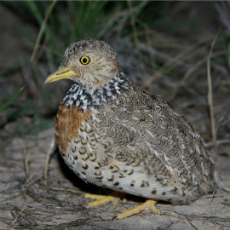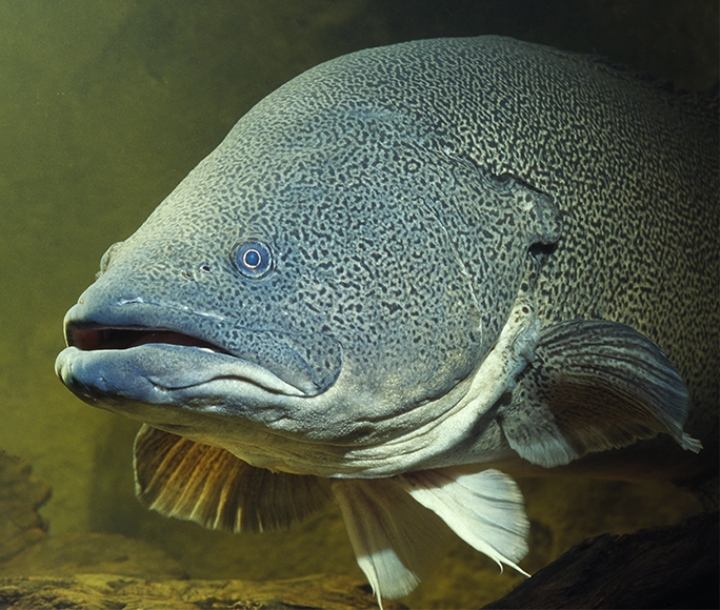Climate change
Mean temperatures are projected to rise by 1.9 ºC by 2070. The greatest increases are being seen in the north eastern areas of the region during summer and spring. There is less of a significant increase during winter. All models shows there are no declines in mean temperatures across the Murray Murrumbidgee.












